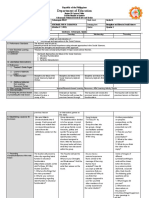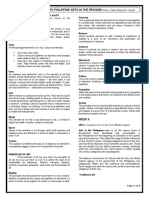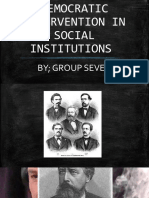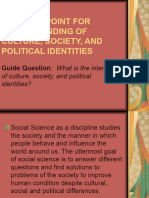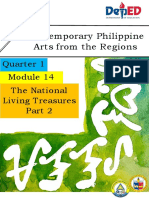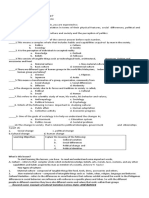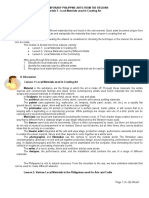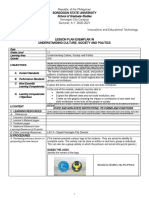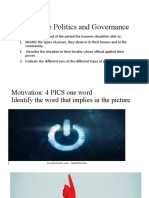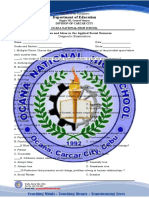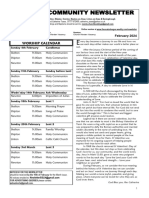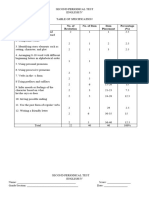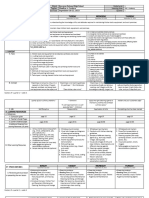0% found this document useful (0 votes)
453 views31 pagesModule 4
This module discusses analyzing the significance of cultural, social, political, and economic symbols and practices. It defines symbols and symbolism, and discusses their functions. It provides examples of different types of symbols like cultural, social, political, and economic symbols from the Philippines. It also discusses examples of cultural, social, political, and economic practices in the Philippines and analyzes the significance of symbols and symbolism.
Uploaded by
Luis Castillo IIICopyright
© © All Rights Reserved
We take content rights seriously. If you suspect this is your content, claim it here.
Available Formats
Download as PPTX, PDF, TXT or read online on Scribd
0% found this document useful (0 votes)
453 views31 pagesModule 4
This module discusses analyzing the significance of cultural, social, political, and economic symbols and practices. It defines symbols and symbolism, and discusses their functions. It provides examples of different types of symbols like cultural, social, political, and economic symbols from the Philippines. It also discusses examples of cultural, social, political, and economic practices in the Philippines and analyzes the significance of symbols and symbolism.
Uploaded by
Luis Castillo IIICopyright
© © All Rights Reserved
We take content rights seriously. If you suspect this is your content, claim it here.
Available Formats
Download as PPTX, PDF, TXT or read online on Scribd
/ 31






